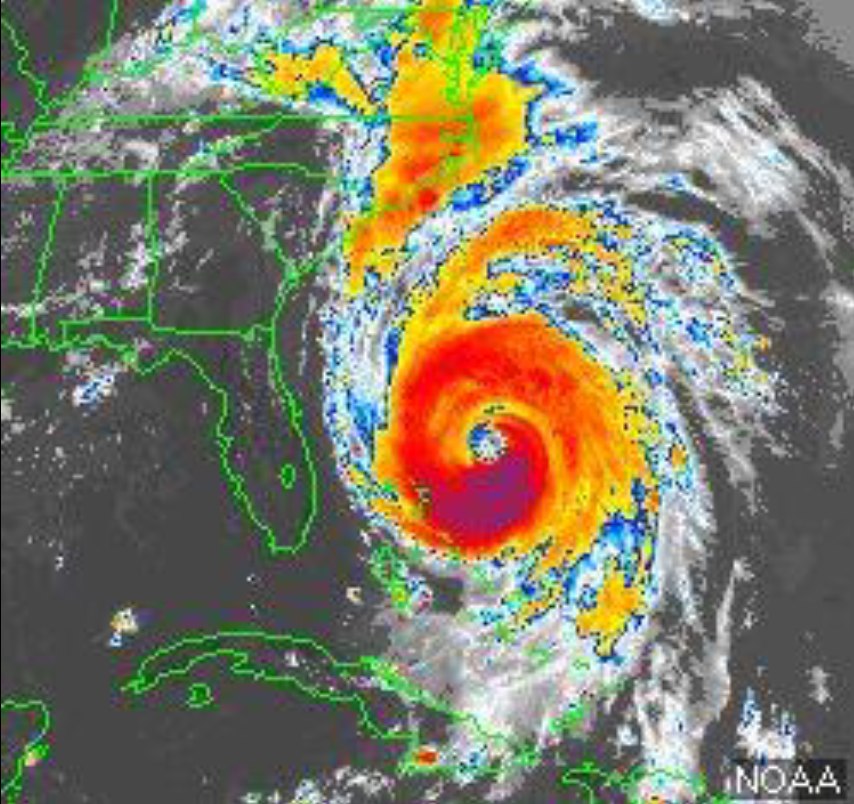It was clear way back in mid-September 2020 when the National Hurricane Center had already exhausted its regular list of names and turned to the Greek alphabet, that 2020 would be a hurricane season for the record books.
It definitely was that. The season, which formally ends every Nov. 30, produced a stunning 30 named storms — breaking the 2005 record of 28. It was only the second time forecasters resorted to the backup list of names and, as if to punctuate how wild a season it was, that first Greek-letter system, Tropical Storm Alpha, wound up hitting Portugal — the first recorded strike by a tropical system in that country’s history.
“The track map of 2020 is just insane when you look at it; the Caribbean and the Gulf were just plastered with storms,” said Phil Klotzbach, a meteorologist at Colorado State University. “Thankfully, given how many storms and how many landfalls there were, Florida made out pretty well.”
Stronger, deadlier, and more frequent — that’s the trend scientists at the National Oceanic and Atmospheric Administration (NOAA) have seen in the past few decades, and they expect that trend to continue in the years to come, according to a new study.
Researchers at the University of Wisconsin and NOAA analyzed satellite data of tropical cyclones over the last 40 years and found category 3, 4, and 5 hurricanes were becoming increasingly common, CNN reported. Decade after decade, the likelihood of major global storms has increased, according to CNN.
“The change is about 8% per decade. In other words, during its lifetime, a hurricane is 8% more likely to be a major hurricane in this decade compared to the last decade,” James Kossin, author of the study, told CNN. 
Categories
